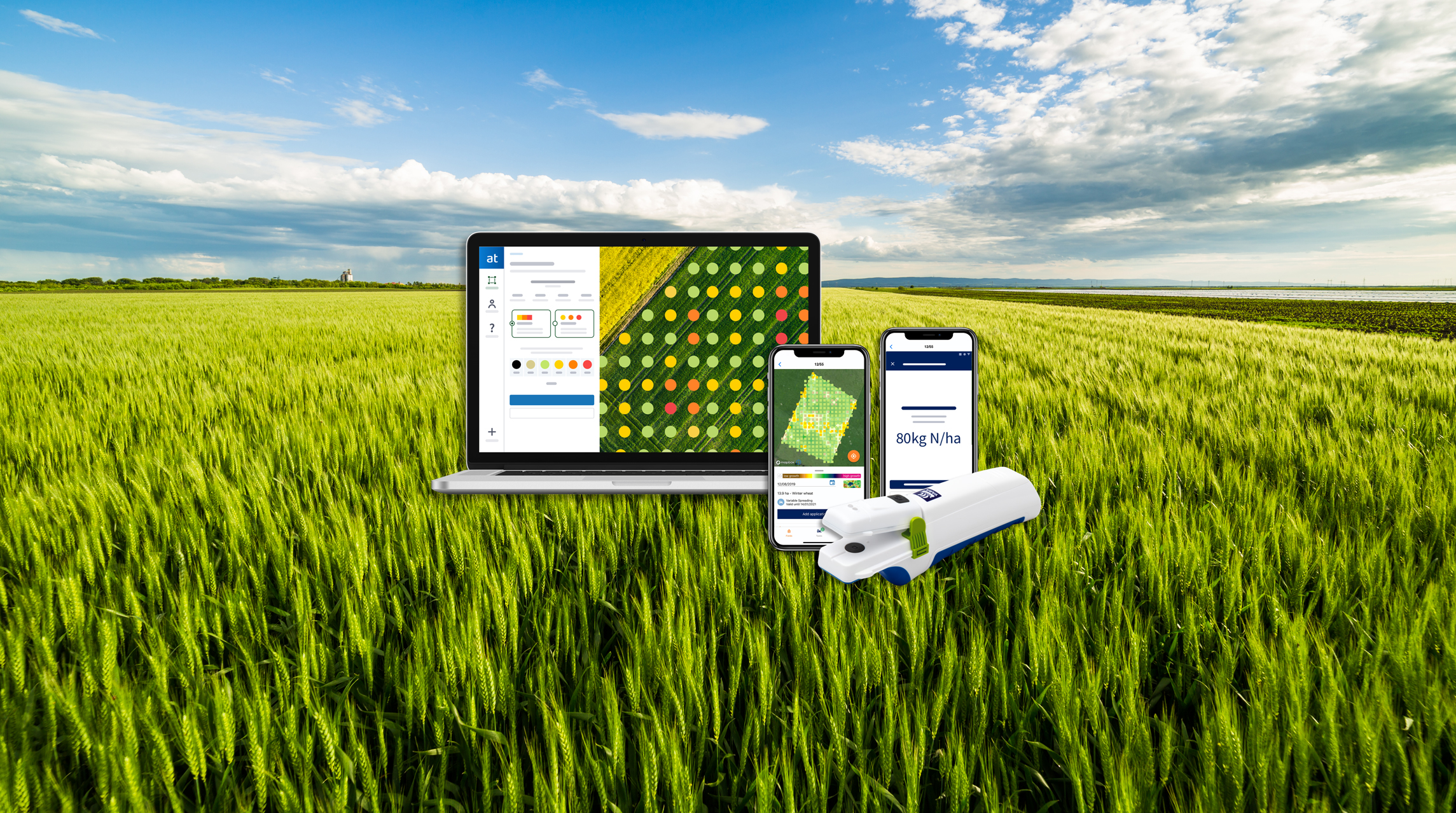Why analyse organic inputs?
Organic materials (composts, manures, slurries, digestates, etc.) are a valuable source of crop nutrients.
For efficient nutrient management planning, it is important to know the nutrient content of bulky organic materials applied to the land.
The nutrient content of organic materials is likely to vary significantly from book values and it is therefore worthwhile having the organic material analysed.
| Analysis provides fundamental knowledge on the chemical composition and nutritional status of organic inputs. This information is important to allow accurate nutrient management planning. |
Hannah Shirt
Business Development Manager - Analytical Services
North of England, Scotland and Ireland
FACTS Qualified Advisor (FQA)
What to analyse?
Most of the work, and cost, of analysis, is in the sampling and transportation of the sample to the laboratory. Once the sample has arrived it makes sense to get as much information as possible from the sample.
It is important to know the nutrient content of organic inputs applied to the land to allow accurate nutrient management planning. The actual nutrient content is likely to vary significantly from book values.
What analysis packages are available?
Basic organic (SA7b)
This is our most popular organic input analysis. The nutrients included in this analysis are:
Total N, P, K, Mg, D.M.
Complete organic (SA7d)
This package provides a full picture of the sample including certain micronutrients and the form of nitrogen present.
Parameters included: Total N, P, K, Mg, D.M. pH, Cu, Zn, S, Ca and Ammonium N and Nitrate N
Environmental waste (EW)
This package provides a full picture of the waste for spreading in nutrient content and also potentially toxic elements (PTE's)
Parameters included: pH, EC, Total N, P, K, Mg, DM, Ca, S, Zn, Mo,Cu, Se, Pb, Ni, Cd, Cr, As, Hg, Av N, Na, NV
Olly Walton
Area Manager
Southern England
FACTS Qualified Advisor (FQA)
Related articles

























































